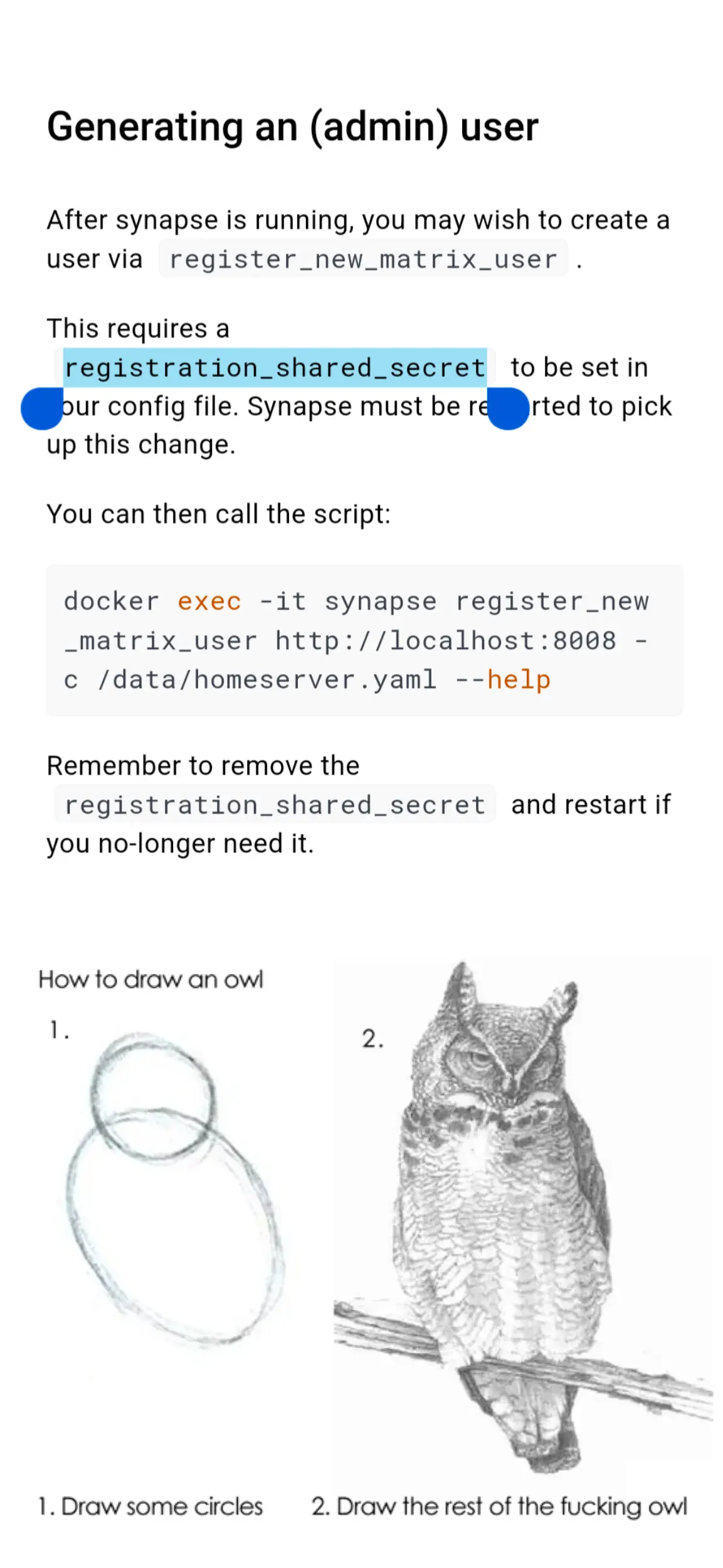Selfhosted
A place to share alternatives to popular online services that can be self-hosted without giving up privacy or locking you into a service you don't control.
Rules:
-
Be civil: we're here to support and learn from one another. Insults won't be tolerated. Flame wars are frowned upon.
-
No spam posting.
-
Posts have to be centered around self-hosting. There are other communities for discussing hardware or home computing. If it's not obvious why your post topic revolves around selfhosting, please include details to make it clear.
-
Don't duplicate the full text of your blog or github here. Just post the link for folks to click.
-
Submission headline should match the article title (don’t cherry-pick information from the title to fit your agenda).
-
No trolling.
Resources:
- selfh.st Newsletter and index of selfhosted software and apps
- awesome-selfhosted software
- awesome-sysadmin resources
- Self-Hosted Podcast from Jupiter Broadcasting
Any issues on the community? Report it using the report flag.
Questions? DM the mods!
view the rest of the comments

Which config file does it go in? Where does it go in that file? Do you literally just put "registration_shared_secret" or does it need a value? What is the syntax of setting the value? Does it accept spaces, special characters, etc.?
As it says in the image, the file is /data/homeserver.yaml. Your other questions are all answered by looking at the way the file is formatted.
How do I restart synapse....
Pressed enough buttons and it worked
By the way, running synapse - docker or not - is a challenge. It can be very complex especially if you are interested in adding gateways to other services and such. Attempting to use https://github.com/spantaleev/matrix-docker-ansible-deploy might be a better choice as even though it is A LOT, it has a ton of good documentation and you can grow with it as it can help you install various different Matrix servers, gateways and clients as well.
Good luck, hope to hear more about how you get on with it.